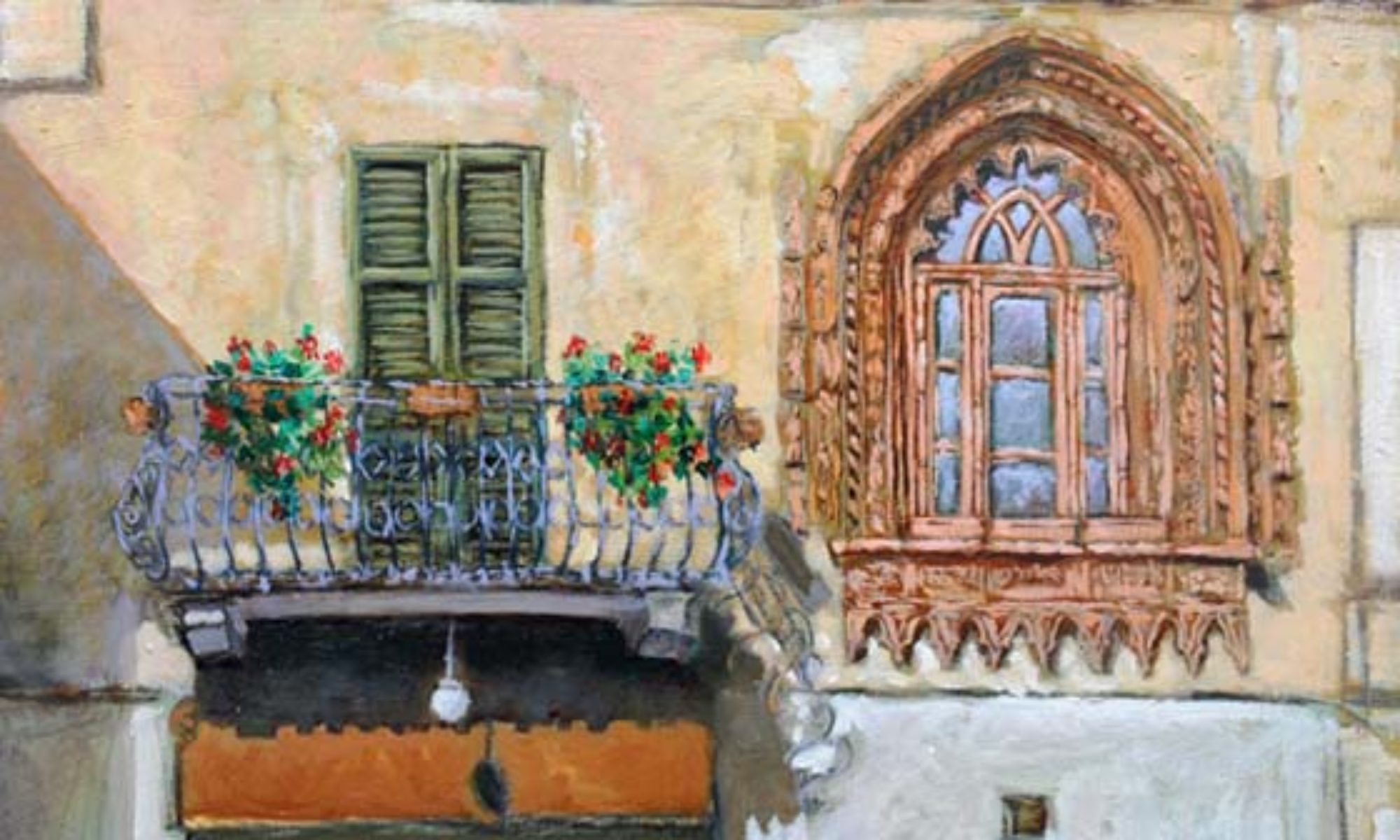Doubtlessly, the XVIII century was the period of the highest splendour of the Perabòs clan. Both secular and ecclesiastical powers were firmly in the hands of the patrician families in Varese, which was still autonomous within the Duchy of Milan.
In particular the Perabò lineage, which was spread across the territory, had become very powerful from both a political and a religious point of view, and through its economic power it could affect the administration in town and in the County of Varese.
The substantial body of family belongings consisted mostly in estate properties, and it had been unaltered in a long time due to several reasons. Firstly, due the right of primogeniture, which had hindered the partition; secondly, the Perabò clergymen often left their heirs only the residuary right of ownership, on the account of particular obligations in their wills.
In the second half of 1700, when the Spanish hegemony was succeeded by the Austrian domination, frictions started out between Vienna and the patriciate, which had had undisputed power in Lombardy for over a century.
At first, in exchange for a loyal political subjection, a full military control of the territory and a punctual tax payment, Austria reluctantly respected the institutional privileges and prerogatives of the region.
In those years, Habsburg State was about to redefine local powers in the perspective of a better rationalization of the judiciary, administrative and financial sectors under the direct control of Vienna. One of the most radical changes regarded the redistribution of taxation on real estates and land properties. This was the origin of the Theresa cadastral register, which imposed a proportional taxation on the real value attributed to properties.
After Joseph II succeeded Empress Maria Theresa due to her death in 1780, the widespread erosion of patrician power in Lombardy increased so much that the sovereignty of local authorities was believed not to last much longer. The Senate of Milan, an important meeting place for the patriciate in Lombardy, was abolished and the magistracy system was disrupted. Neither could the clergy avoid the abolition of ecclesiastical immunities.
Varese suffered similar consequences. A political agent was nominated to take over the local authority. It was a kingly appointment aiming at protecting both judiciary and financial local administration. Within the contrast with the Church, chapters and congregations in charge of charitable places were abolished. Thus, two kingly administrators were put in charge of the hospital, while a council took over the charitable foundations. Besides, the project of expanding the hospital and its potential move to another location were called off, although the latter was heartily supported by Francis III d’Este, who died in 1780.
The Milanese branch of descendants of Cristofaro, nephew of Giovannolo Perabò, had already moved to the county town in the XV century. As Borri writes, they distinguished themselves “for their belongings and marriage alliances”. In 1700, Gabrio Perabò, town clerk of Milan, and his brother Giuseppe, mayor of the Duchy of Milan, were the most exemplary. [1]
On November 16, 163[M1] , Gabrio married Isabella Bianchi, who gave him two sons: Giuseppe [2] and Giò Battista. However, since the first had no progeny and the latter followed vocation, the Milanese branch of the Perabòs extinguished. Evidences of the golden age of the Perabòs in Milan are still substantial though, and ‘Villa Cagnola’ in Gazzada is still the most prestigious from an architectural point of view thanks to the portrait painted by Bellotto. [3]
Since their houses in San Rocco were so old that they were not worth a renovation in the constricted space of the town centre, Varese descendants of Orricolo Perabò, who had flourished significantly in early 1700, left town to dwell on the pleasant hills of the nearby fortifications and surroundings.
Mostly, they were convinced by the frivolous success of the numerous villas in the surrounding hilly area. Although they had a long-time political and ecclesiastical family tradition, they seemed to enjoy the flippancy and the lavishness of the current society in Lombardy more than some vain political ambitions.
Between the XVIII century and the XIX century, the long-lasting political and administrative influence of the Perabòs was eclipsing a little at a time. Such a local aspect was actually part of a broader phenomenon affecting Lombardy entirely, since Austrian government was gradually depriving the city patriciate of all its power. [4]
Furthermore, the advent of the industrial revolution favoured the emergence of a new social character: the businessman. Within the political and administrative framework, the entrepreneur replaced the aristocrat, and those naïve established lineages, which were not able to look ahead, were left only with past traditions. [5]
